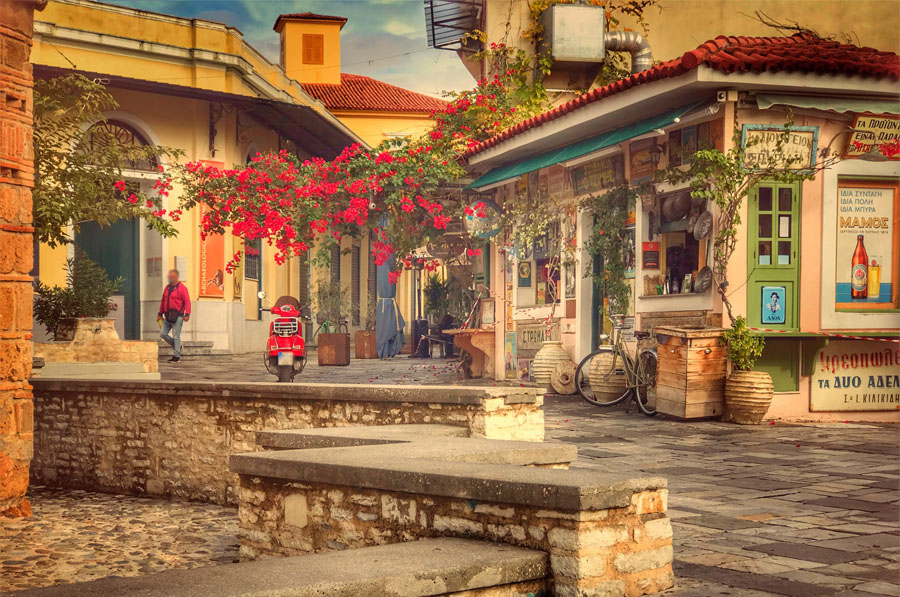Kalamata
Kalamata
Capital and central port of Messinia, Kalamata reigns supreme at the Messinian bay at the place of the Homeric city of Farai. The shade of Taigetos and the vast silver-gold olive groves that reach the endless beaches form the beautiful colors of Kalamata.
Its name first appears in 1142 in the third chapter of “The Life of Osios Nikonos” and probably derives from a monastery dedicated to holy Marry or from the multiple reeds (translated as “kalamia” in Greek) lying in the Nedodas river according to other sources. Its history is deeply rooted in the depths of centuries past as its origins lie in the first Greek age (2600-2300 BC) with traces of human life being discovered in excavations. Kalamata played an integral role in the revolution of 1821 with its liberation from the Turks in March 23rd 1821 being one of its most significant historical events.
The city came into fruition with the construction of its port at the end of the 19th century which still exists. Even to this day, Kalamata has accomplished to maintain the charm of its former ancient self through its historical center which combines neo classic buildings with modern constructions. The city’s economy is deeply rooted in its agricultural production, specifically production of oil, olives, figs, raisins and a variety of fruits and vegetables in general.
It is rightfully one of the most contemporary cities of the country with its exceptional construction and its active educational and cultural activity.
Wandering around the city’s historical center is bound to take you back into the past and leave you in awe. Sites such as the city’s castle, Ypapantis Metropolitan temple, the Nuns’ monastery, the archeological museum of Benakis, the church of the Saint Apostles which is a monumental starting point of the Greek revolution and many other sites are waiting to be discovered by you.









